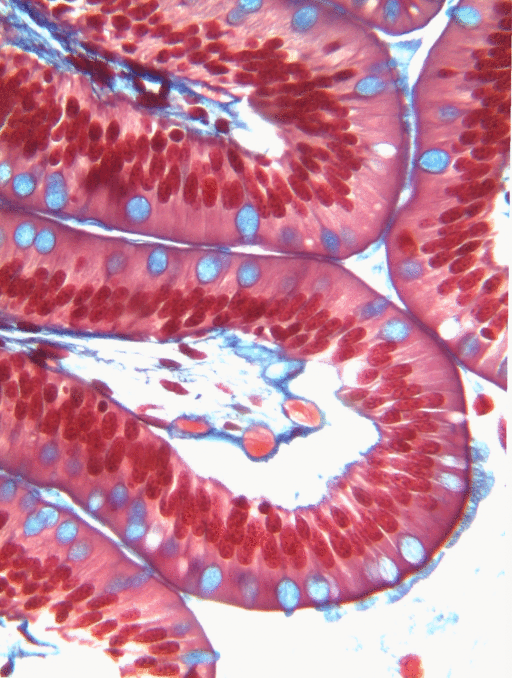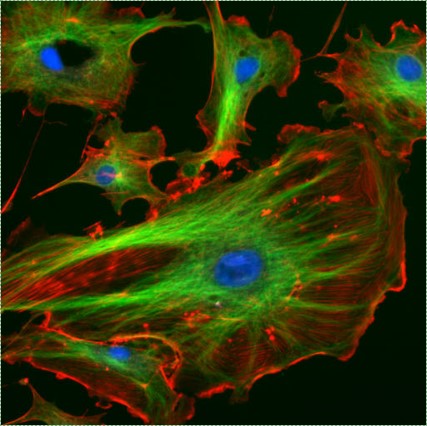
Why study histology and embryology?
I built that record player stand. I had to make some specific measurements to make sure there was enough space for records. I built it out of wooden dowells mostly, and used some floor tiles to create a smooth surface. Why those two? Actually, I re-used those materials because I had some left over from two other projects, and I was too lazy to drive to the hardware store. This is exactly why you should study embyrology. Some things will make sense in this book, like the instructions which guide even-spacing between teeth. But some things won't make sense initially, such as why is enamel made by epithelial cells, when it looks like bone tissue? Why can a piece of pig heart be used to surgically repair gingival tissue? What is the philtrum for? These are questions that can be answered by studying embryology, and not by looking at what things look like in adults. Imagine not knowing about seeds and trying to explain how plants are growing in your rain gutters.Then why study histology? Well, embyros are really tiny, so you need a microscope to see what is going on. But more importantly, things happen in the oral cavity you can't see, but you should understand what is going on. For instance, with a basic understanding of histology you will understand why a pocket depth over 3mm is usually considered unhealthy. You can conceptualize what makes the linea alba appear white in some patients. You can explain what causes perikymata. You are on your own, however, on how to pronounce perikymata.
Hi, I'm the author and I am not a dental hygienist. I probably should have started with that, as it is really important. Am I qualified to write this book? I received a Ph.D. in Physiology and Pharmacology, studying the chemicals that guide embryonic development of the head. These same chemicals are re-used in the formation of the teeth and palate. Because an embyronic head is really small, I had to become an expert in histology, too. So, yes, I hopefully know more about histology and embryology than anyone you will meet professionally. But I obviously needed a collaborator, I am grateful XYZ agreed to help.
I mostly teach Anatomy and Physiology, but I also teach this class for the Dental Hygiene department. I've wanted to use an Open Educational Resources (otherwise known as a Free Textbook!) in my class, but none exist at this time. I also felt that many of the textbooks for this course go into more detail than dental hygienists need, but skimp on the concepts. I dared to dream of a histology book with as little histology as possible-- and definitely no electron microscopy! Technology should make life easier, right? Why bother re-learning how to do things microscopists have been doing for hundreds of years? I sensed an opportunity: write an eBook. I will hopefully make you life easier by illustrating nearly all of the histology. You wont be using microscopes in your clinic, and there should be no histology pictures on your license exam (disclaimer: I haven't taken one, I just read the study guides for them). With an eBook came the added opportunity of using animated images. I was hoping that you, the reader, would be able to interact with the images, but the epub format just isn't there yet or maybe I just don't know what sort of javascript is allowed.

